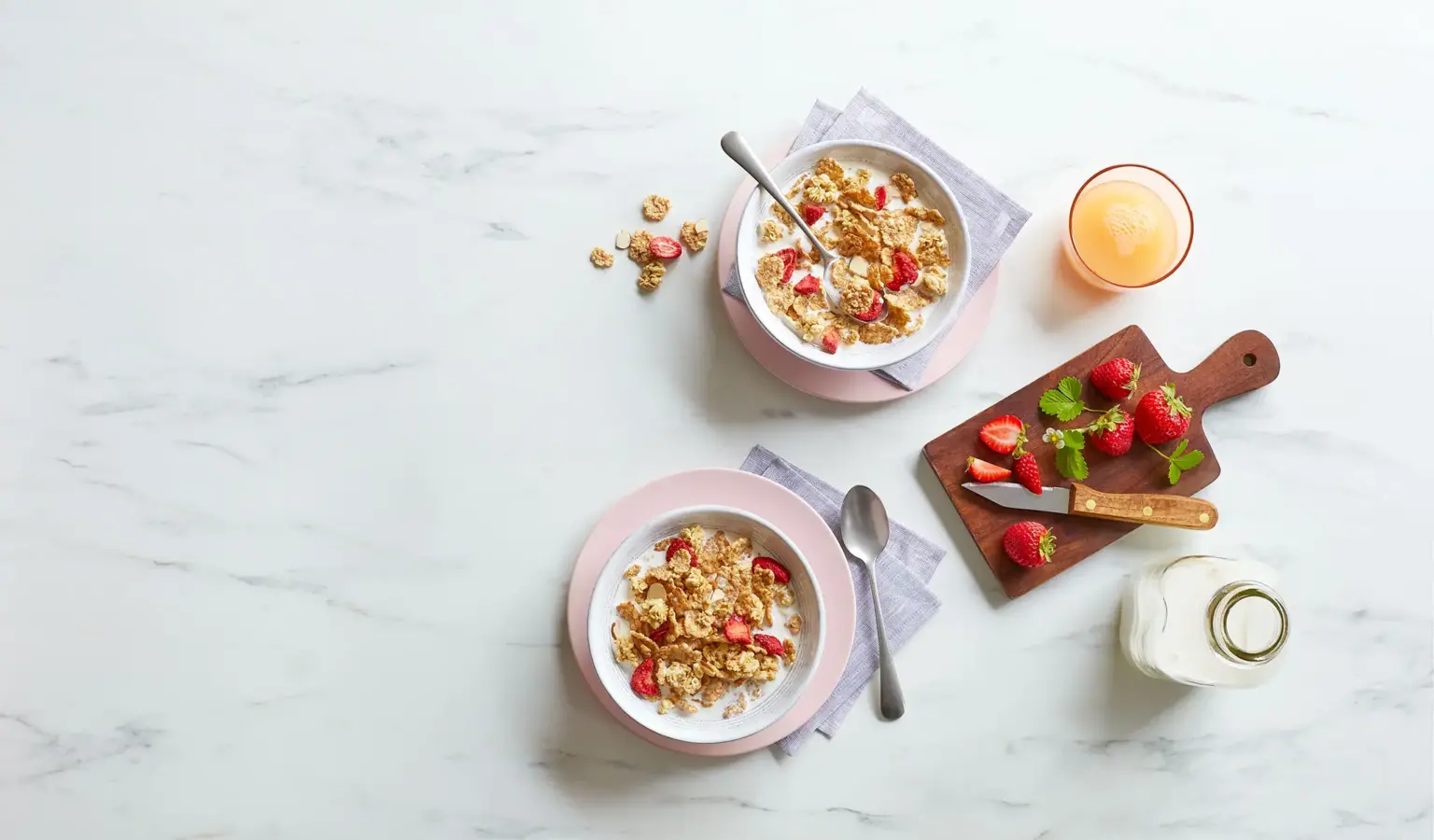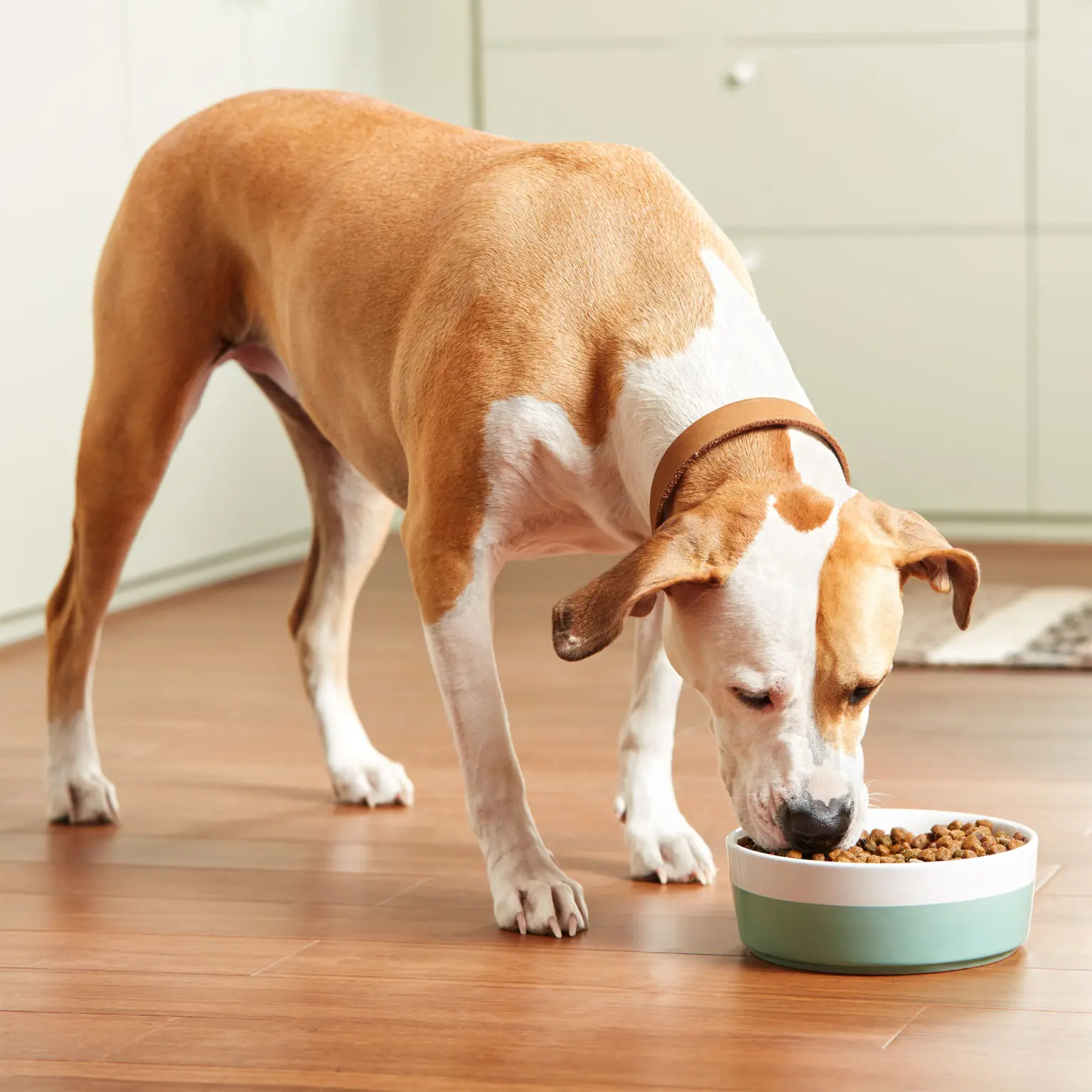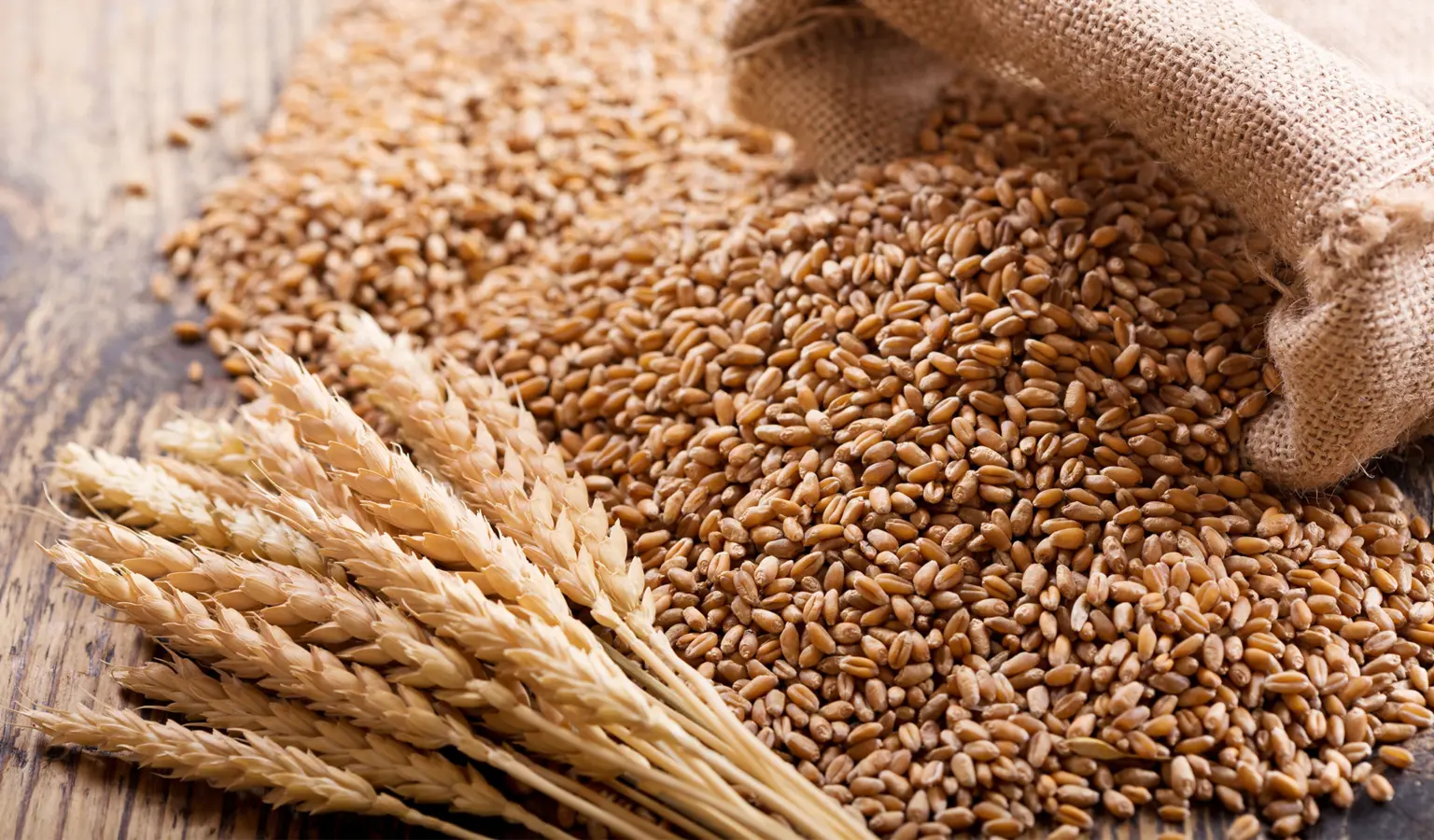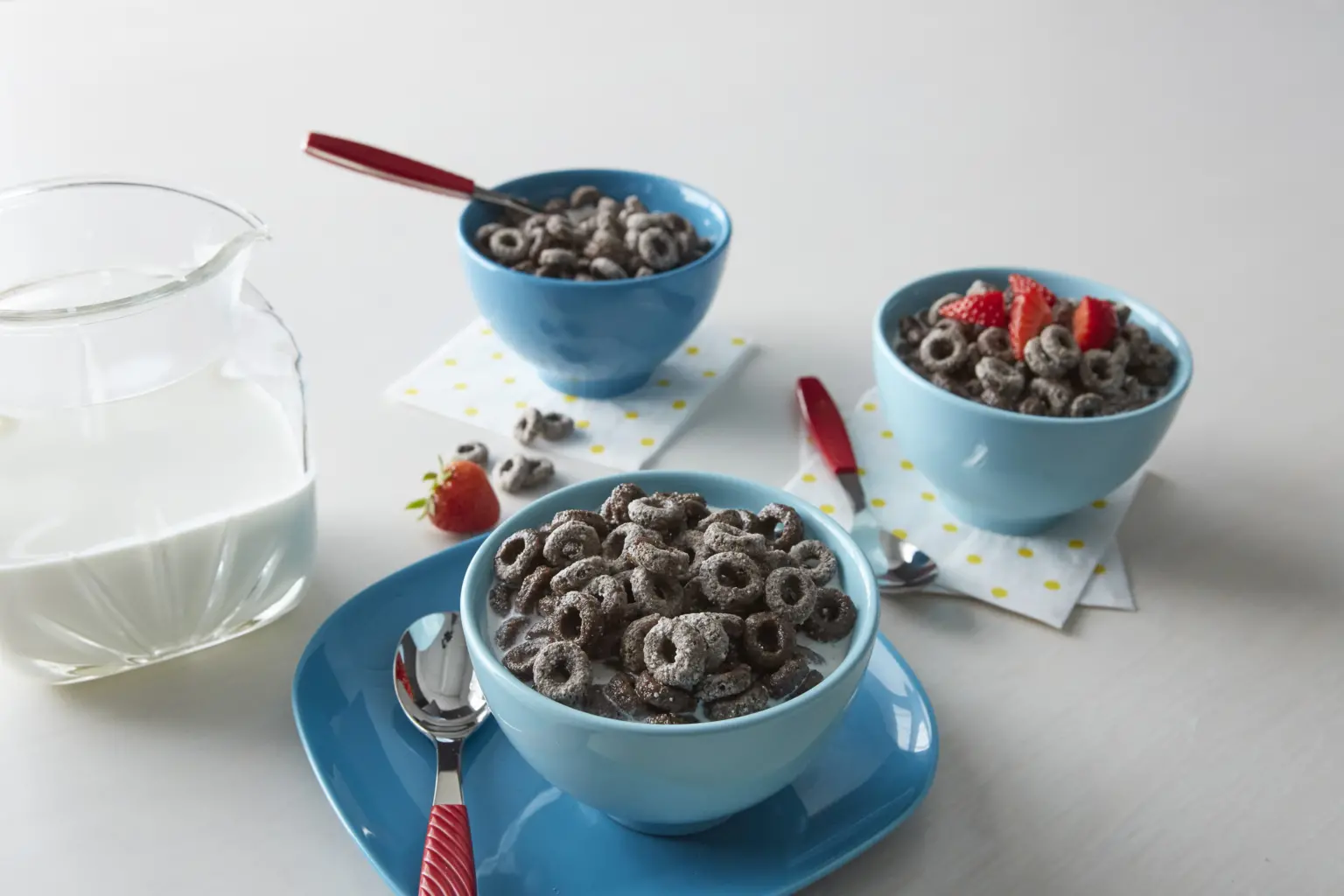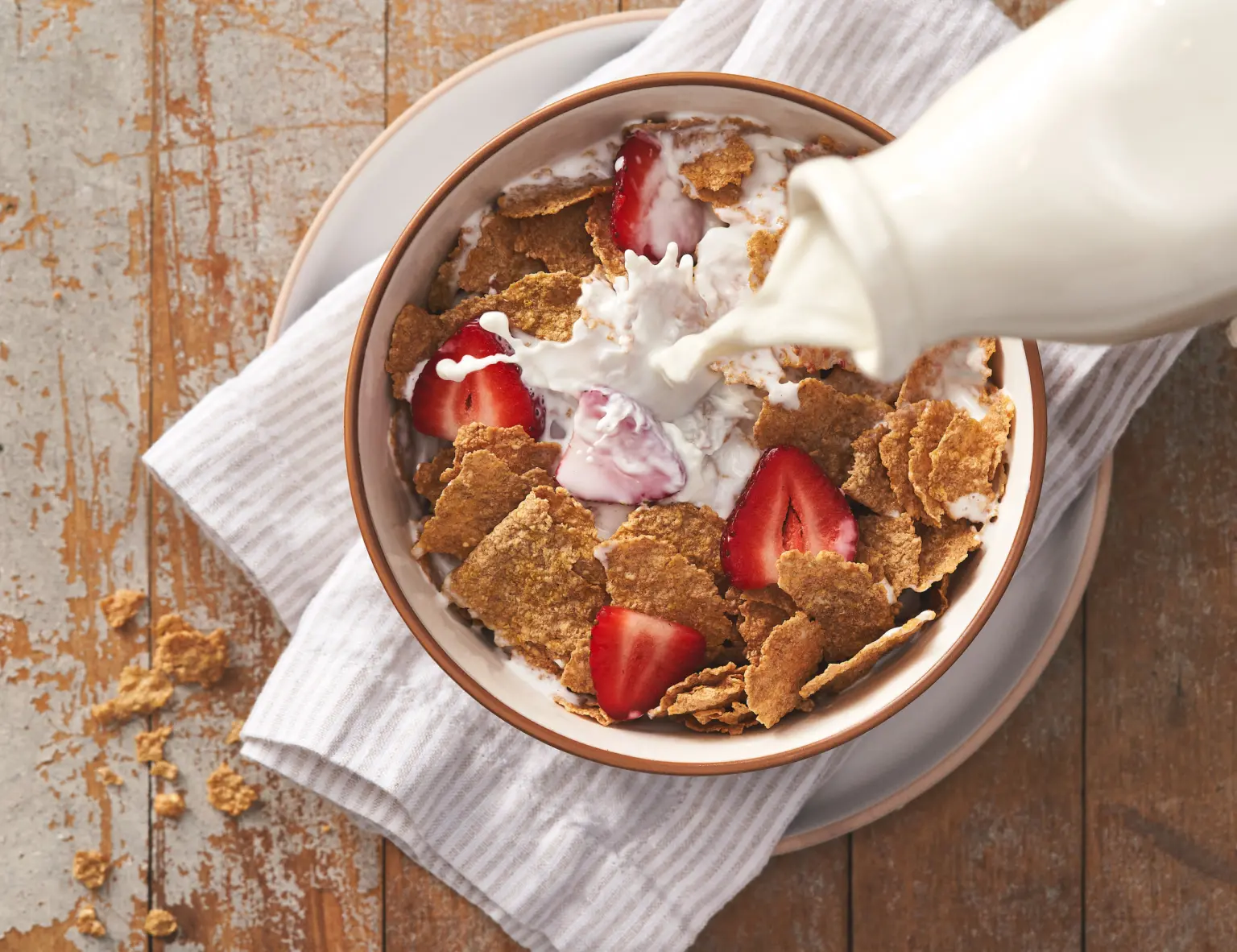Most popular questions
Explore the most commonly asked questions by Post Consumer Brands® customers.
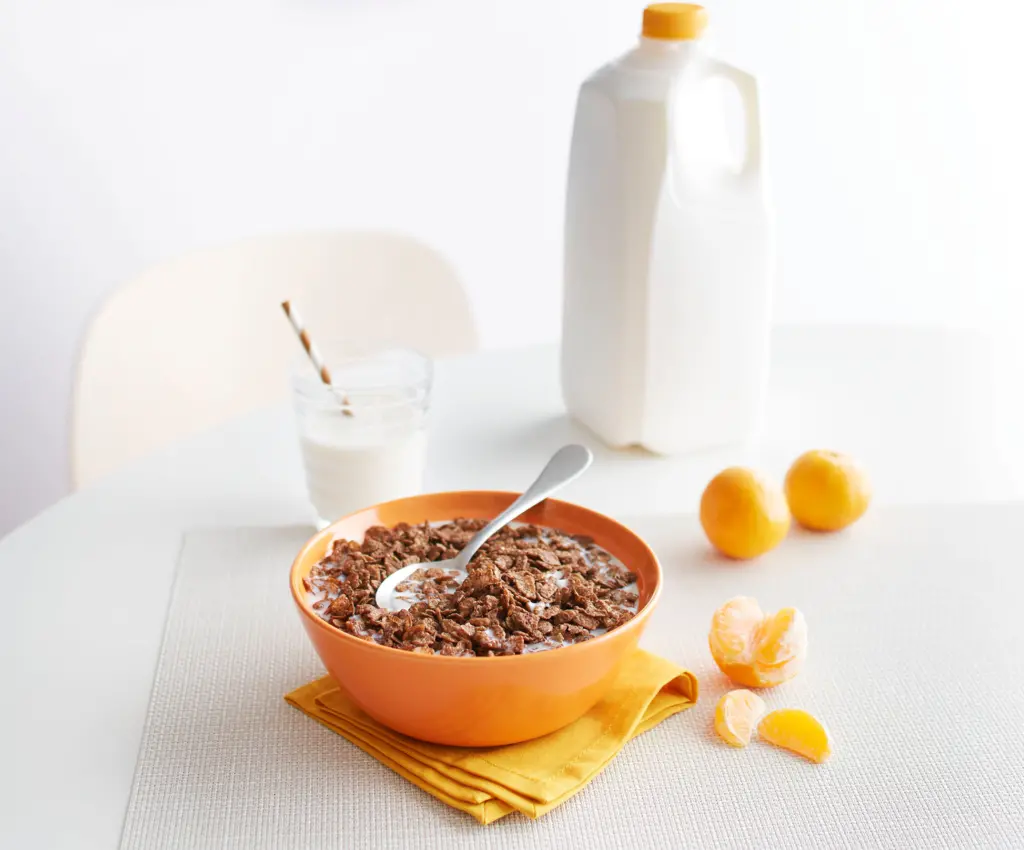
Which Post cereals and products are gluten free?
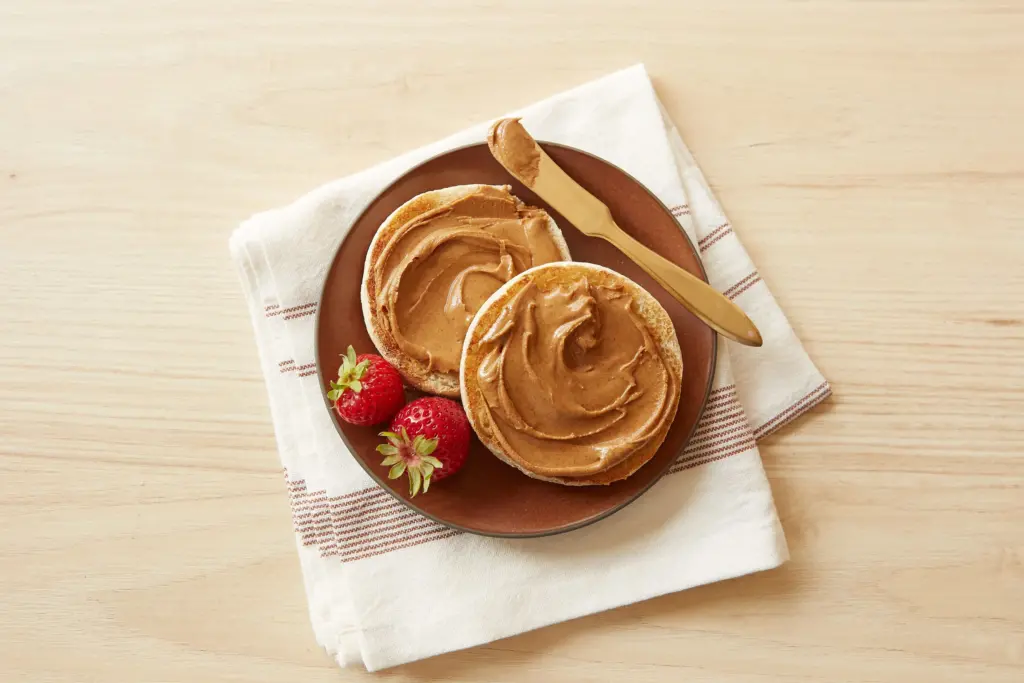
Are Post products kosher certified?
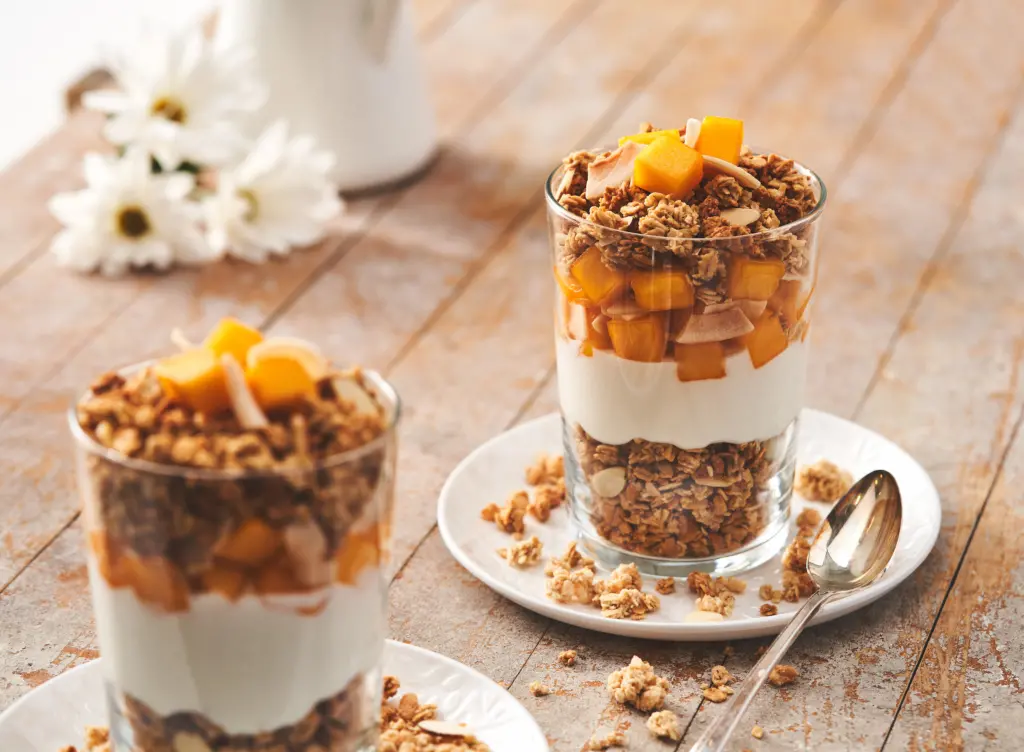
Who created Post cereal?
Search our FAQs
Filters
- Raw peanuts are delivered to the manufacturing facility, where they are inspected for quality assurance.
- The peanuts pass through a special oven that roasts them to develop extra nutty flavor.
- When the peanuts reach their optimum flavor and color, the roasting process is stopped by cooling them quickly with fan-circulated air.
- A blancher removes the outer skin from the peanuts, after which they are split, cleaned and sorted.
- The prepared peanuts are ground in two stages to avoid generating too much heat, which can reduce flavor quality. The first stage reduces them to a chunky paste. The second stage incorporates additional ingredients—such as sugar and salt—and reduces the peanuts to the familiar, smooth peanut butter texture before final packaging.
Post Consumer Brands makes the following pet food brands: Rachael Ray® Nutrish™, Nature’s Recipe®, 9Lives®, Gravy Train®, Kibbles ‘N Bits®, Pounce® Treats
We believe it’s our responsibility to help make the world a better place, and we do this through our commitment to doing business the right way and investing in efforts to create positive change for people and our communities. We focus our efforts on empowering our employees, customers and consumers, strengthening our local communities, and protecting our natural resources and the environment. Learn more about corporate social responsibility at Post Consumer Brands®.
BHT is an antioxidant that protects the freshness and flavor of the cereal.
Food safety is our highest priority. Products containing BHT have been recognized as safe by the FDA and Health Canada. Very small amounts of BHT are added to some of our products or carton liners as a preservative. BHT is always labeled clearly on all products that contain them. We understand that there are many factors you may consider when purchasing a product. We are committed to providing families with a variety of products to meet their dietary preferences.
Cereal is a popular American breakfast staple made from grains like wheat, oats, rice or corn. Grains are poured into a hopper or mixing kettle, followed by adding delicious flavors, vitamins and extra ingredients like nuts, fruits or marshmallows. Cereal is most commonly enjoyed by the bowl with dairy or non-dairy milk, but also makes a great midday snack and is a secret ingredient in many delicious recipes.
Learn more about how cereal is made, its nutritional information and benefits, and more by viewing our Cereal Nutrition and Production Information page.
For All Tails is a “trade name” or “doing business as” name used by Post Consumer Brands on its pet food product packaging. You can reach For All Tails Pet Care / Post Consumer Brands by e-mail, phone, or mail, using the information in the “Contact Us” section of the Contact page.
- Amino acids (make up protein, listed on cat food packages as “crude protein”)
- Arginine
- Histidine
- Isoleucine
- Leucine
- Lysine
- Methionine + cystine
- Methionine
- Phenylalanine + tyrosine
- Phenylalanine
- Threonine
- Tryptophan
- Valine
- Fatty acids (listed on cat food packages as “crude fat”)
- Linoleic acid
- Arachidonic acid
- Omega-3 fatty acids
- Minerals
- Calcium
- Phosphorus
- Potassium
- Sodium
- Chloride
- Magnesium
- Iron
- Copper
- Manganese
- Zinc
- Iodine
- Selenium (sometimes in the form of sodium selenite)
- Vitamins & other nutrients
- Vitamin A
- Vitamin D
- Vitamin E
- Vitamin K (only required in high-fish diets)
- Thiamine (vitamin B1)
- Riboflavin (vitamin B2)
- Pantothenic acid (vitamin B5)
- Niacin (vitamin B3)
- Pyridoxine (vitamin B6)
- Folic acid (vitamin B9)
- Biotin (vitamin B7)
- Vitamin B12
- Choline
- Taurine
- Additional fatty acids
- Alpha-linolenic acid
- Eicosapentaenoic acid + docosahexaenoic acid (EPA and DHA)
- Gelatin
- Honey
- Dairy (such as cheese, yogurt or milk)
- Vitamin D3
Having trouble finding your favorite Post Consumer Brands product? Reach out to our team by submitting this form.
Didn’t find the answer you were looking for?
Send us your question and a team member will be in touch shortly.

